- Home
- Products
- Services
- Product concept development
- Engineering
- Design for manufacturability
- Regulatory services
Read more - Material selection and formulation
- Prototyping
- Testing and validation
Read more - Production process development
- Custom tooling
- Manufacturing
- Finishing operations
- Assembly
- Packaging
- Private labeling
- Sterilization
Read more
- Resources
- Careers
- Search
How to Choose the Right Steam Autoclave for Your Laboratory Needs
In the ever-evolving landscape of laboratory equipment, choosing the right Steam Autoclave is crucial for ensuring effective sterilization processes and compliance with safety regulations. According to the Global Sterilization Equipment Market report, the demand for sterilization equipment, including Steam Autoclaves, is projected to grow at a CAGR of 5.2% from 2021 to 2028, highlighting the increasing reliance of laboratories on efficient sterilization methods. As laboratories face diverse operational needs—from microbiology to pharmaceutical applications—understanding the various types and features of Steam Autoclaves becomes essential. Factors such as chamber size, cycle time, and temperature control play pivotal roles in optimizing sterilization efficiency and meeting stringent industry standards. This blog aims to guide laboratory managers and professionals through the process of selecting the most suitable Steam Autoclave, ensuring both operational effectiveness and safety in their practices.
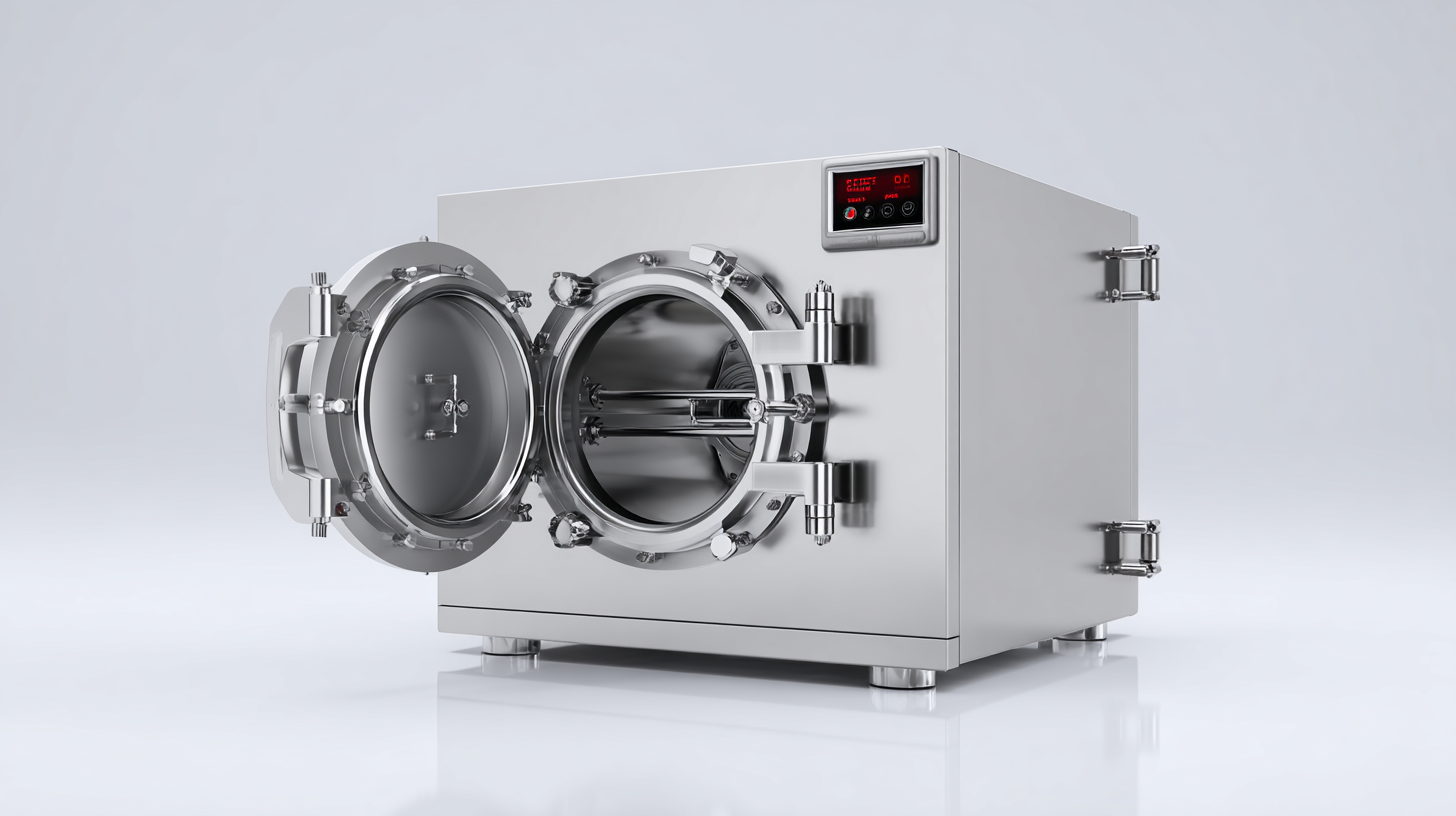
Understanding the Importance of Steam Autoclaves in Laboratory Settings
Steam autoclaves play a crucial role in laboratory environments, serving as the backbone for maintaining sterile conditions. These high-pressure devices use steam to eliminate microorganisms, making them essential for not only clinical and research labs but also for any facility that handles biological materials. Understanding how steam autoclaves work is fundamental for laboratory personnel to ensure that all instruments, glassware, and culture media are properly sterilized. This process is vital in preventing contamination and promoting reliable experimental results.
In addition to their importance in sterilization, choosing the right steam autoclave tailored to specific laboratory needs can significantly enhance operational efficiency. Factors such as the volume of items to be sterilized, cycle time, and the types of materials being processed all influence this decision. By selecting an appropriate model, laboratories can ensure that they meet regulatory standards and maintain a safe working environment, ultimately contributing to the integrity of their scientific endeavors.
Steam Autoclave Usage in Laboratories
Key Factors to Consider When Selecting a Steam Autoclave
When selecting a steam autoclave for your laboratory, several key factors come into play to ensure you make the right choice for your specific needs. First and foremost, the capacity of the autoclave is crucial. Consider the volume of materials you typically sterilize; larger units may be necessary for high-throughput laboratories, while smaller models might suffice for less demanding environments. Understanding the specific dimensions of the chamber and the configuration of internal racks can further help in maximizing your sterilization process.
Another important factor to consider is the type of materials that will be sterilized. Different autoclaves come with varied features tailored for specific applications. If you often deal with heat-sensitive instruments or materials, selecting an autoclave with a pre-vacuum or low-temperature sterilization cycle may be beneficial. Additionally, ensure the autoclave has appropriate monitoring and safety features, such as digital displays, printouts of sterilization cycles, and automatic shut-off options to enhance user safety and ensure reliable operation. Attention to these details will help streamline your laboratory processes and improve overall efficiency.
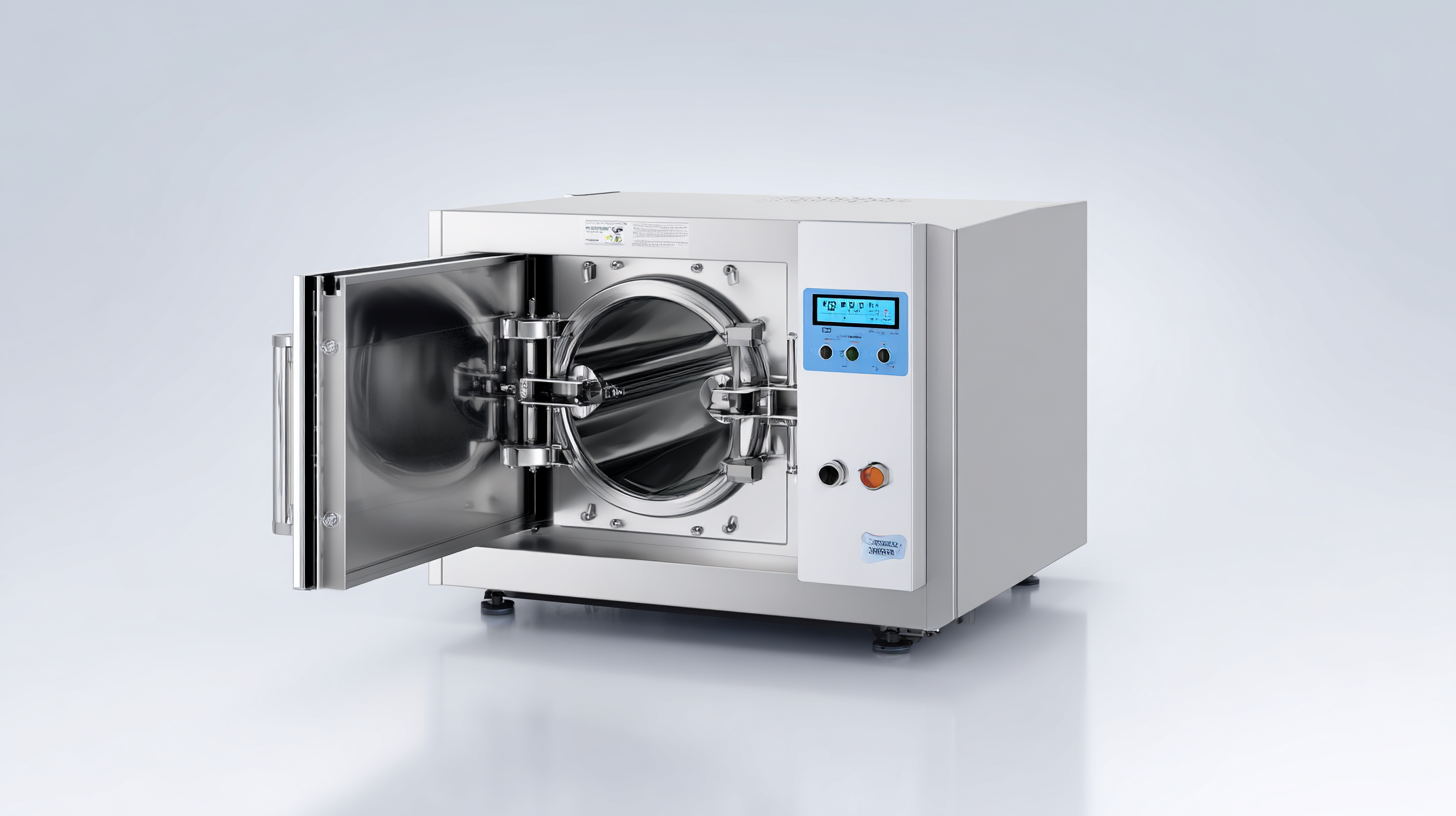
Types of Steam Autoclaves and Their Specific Applications
When selecting a steam autoclave for laboratory use, it's crucial to understand the different types available and their specific applications. The two primary categories are gravity displacement autoclaves and pre-vacuum autoclaves.
Gravity displacement autoclaves are often used for standard sterilization needs, such as sterilizing laboratory glassware and media. According to the U.S. Food and Drug Administration (FDA), these units are highly effective in eliminating microorganisms and are generally cost-effective for basic laboratory settings.
On the other hand, pre-vacuum autoclaves utilize a vacuum to remove air before the steam penetration, making them ideal for sterilizing porous materials and instruments with complex geometries. A report by the International Journal of Environmental Research and Public Health highlights that pre-vacuum autoclaves can achieve higher sterilization efficacy, particularly for challenging loads like those encountered in surgical settings.
Their advanced features may come at a higher initial investment, but the efficiency they provide can lead to reduced turn-around times and improved throughput in busy laboratories. Understanding these distinctions can greatly enhance the effectiveness of sterilization protocols tailored to specific laboratory demands.
Evaluating Capacity and Size Requirements for Your Laboratory
When selecting the right steam autoclave for your laboratory, understanding the
capacity and size requirements is crucial.
The first step is to assess the volume of materials you typically sterilize. Larger laboratories may require
autoclaves with higher capacities, often able to accommodate large loads of equipment or media.
Conversely, smaller labs might benefit from compact models, which are more
economical and efficient for their lower volume needs.
Additionally, consider the physical space available in your lab. Autoclaves come in various sizes and configurations,
so it's important to choose one that fits comfortably in your facility without obstructing workflow. Look for models
with a design that maximizes space efficiency while still meeting your operational needs.
Properly evaluating these factors will ensure that you not only select an autoclave that meets your
sterilization needs but also one that integrates seamlessly into your laboratory environment.
Maintenance and Safety Features in Steam Autoclaves: What to Look For
When selecting a steam autoclave for your laboratory, prioritizing maintenance and safety features is crucial for ensuring optimal performance and compliance with safety regulations. Regular maintenance is key to prolonging the lifespan of the autoclave, so look for models that offer easy access to critical components. Autoclaves with self-diagnostic systems can alert users to potential issues before they escalate, minimizing downtime and maintenance costs. Additionally, features like automatic water filling and easy-to-clean interiors can significantly reduce the burden of routine upkeep.
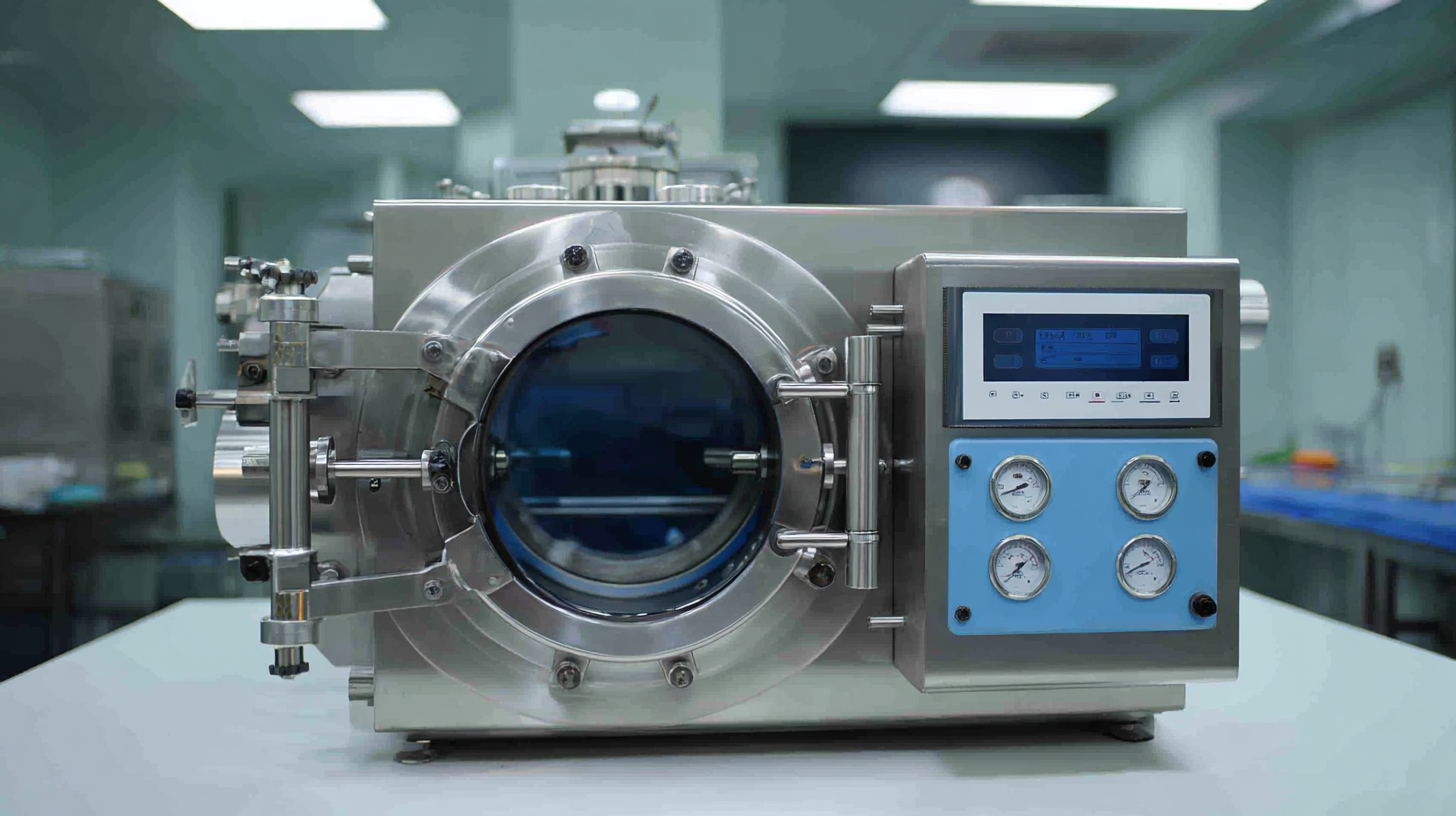
Safety is paramount in laboratory environments, and steam autoclaves should come equipped with multiple layers of protection. Look for models that feature locking mechanisms to prevent accidental opening while under pressure, as well as automatic shut-off systems that activate in the event of a malfunction. Enhanced monitoring capabilities, such as temperature and pressure gauges, can provide real-time feedback during the sterilization process, ensuring that conditions are optimal for effective sterilization. By focusing on these critical maintenance and safety features, you can ensure that your steam autoclave not only meets your laboratory’s needs but also adheres to the highest safety standards.
Related Posts
-

The Ultimate Guide to Using Steam Autoclaves for Optimal Sterilization Results
-
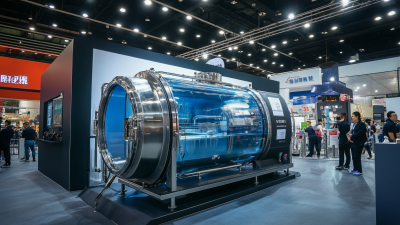
Leading Steam Autoclave Manufacturers from China at the 137th Canton Fair
-

How to Choose the Right Suture Needle for Your Medical Needs
-
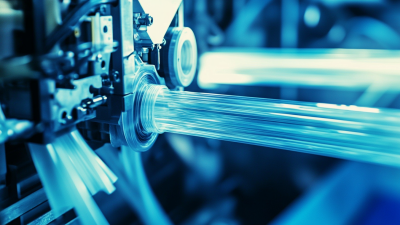
China Manufacturing Thrives Amidst US China Tariffs with Best Ptfe Extrusion Solutions
-

Essential Tips for Identifying Reliable Suppliers of PGA Sutures
-

Understanding Import Export Certifications for the Best Eto Sterilization Process in the Medical Industry






